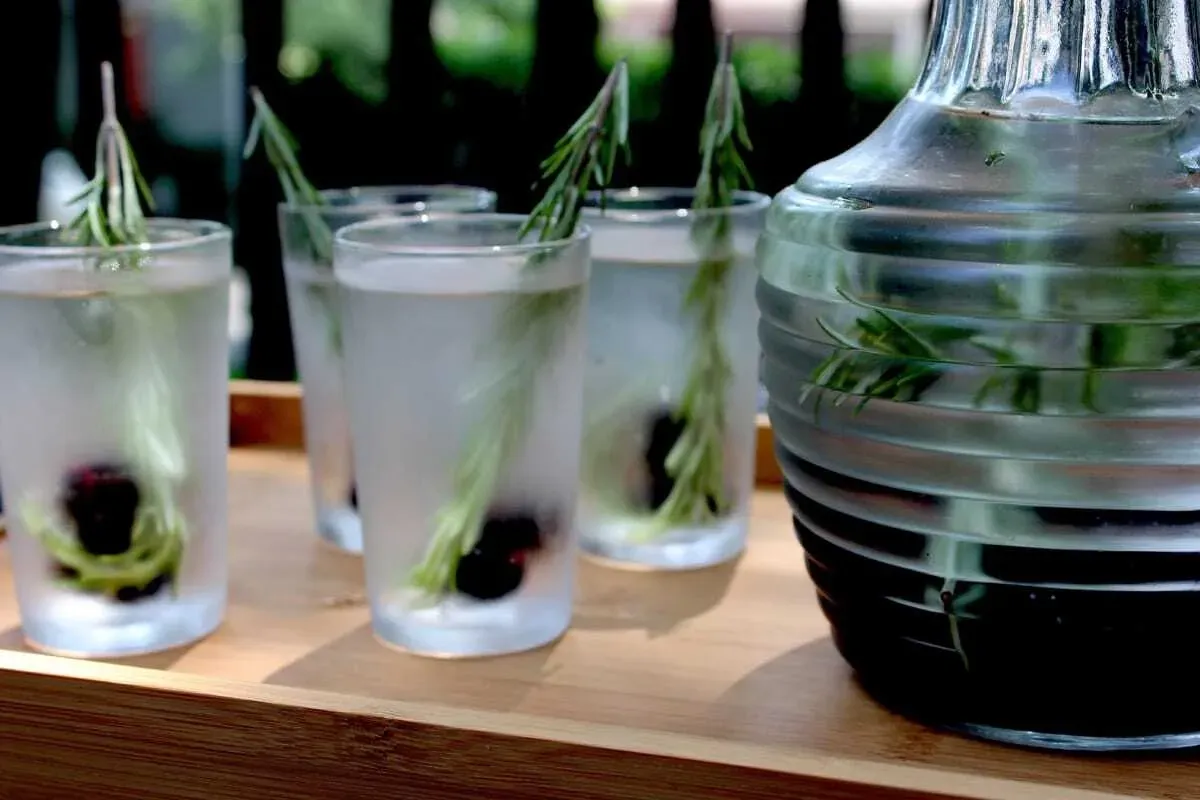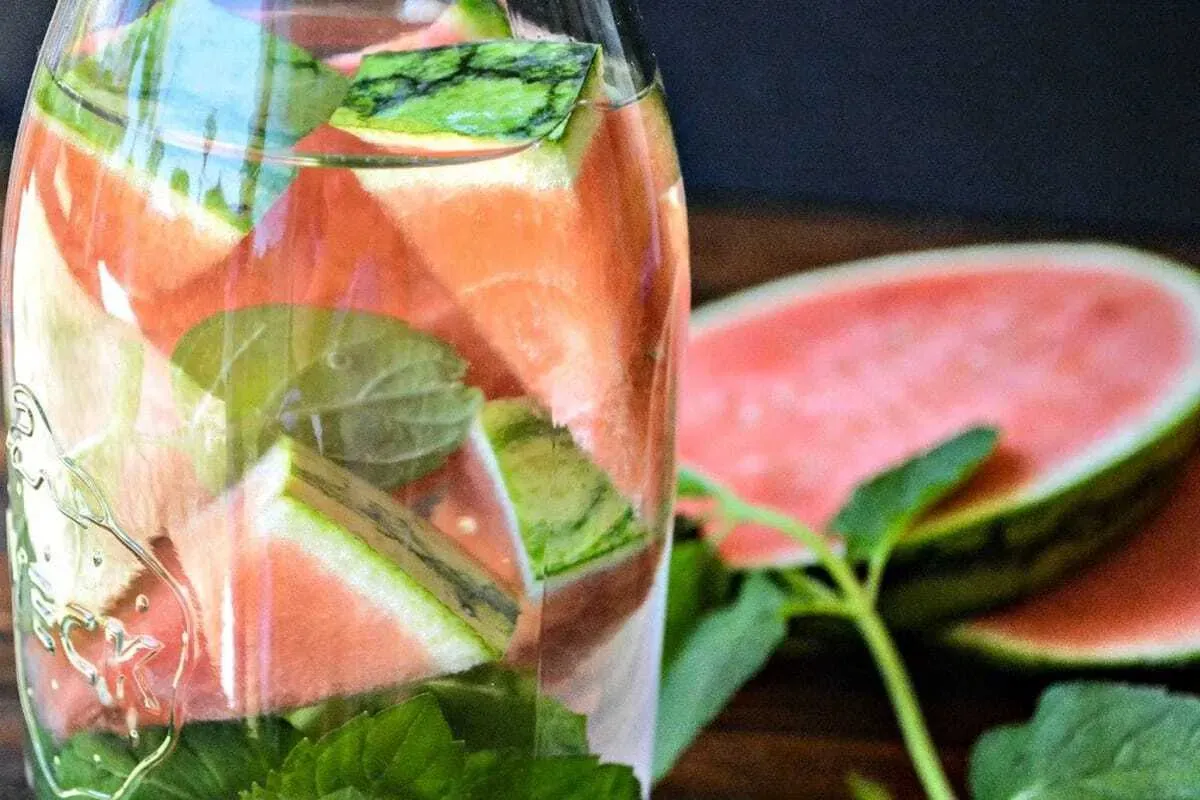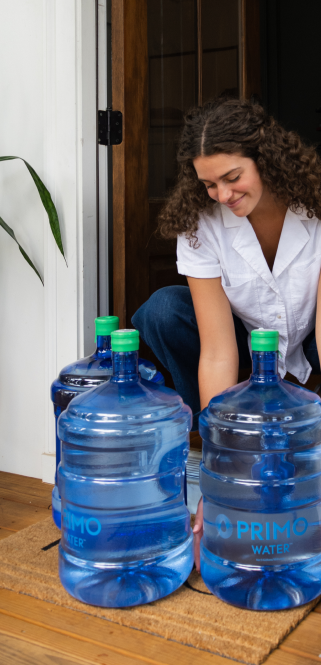
Seven Herbs Anyone Can Grow and Our Favorite Ways to Use Them
As the weather heats up, we’re growing more and more excited about warmer days spent in the garden, tending to plants and harvesting fresh food to nourish our bodies and minds. Herbs have a special place in our heart for many reasons: pollinators love them, they have many culinary and medicinal uses, and they bring beauty and color into the garden.
Many herbs will tolerate a wide variety of growing conditions, from directly in the ground to raised beds to containers. Plus, they are beginner-friendly, so if you’re planting a garden for the very first time consider adding these seven herbs to the mix.
To kick off our list, we’ll start with four perennial herbs. Plant a perennial once and it will continue to thrive for many years with just a little tender love and care from you (depending, of course, on your climate; learn about your USDA Plant Hardiness Zone).
OREGANO
Oregano is a low-maintenance perennial herb that enjoys lots of light and well-draining soil. It can grow indoors in a sunny, bright, and warm window or outdoors, where it will return spring after spring with beautiful, aromatic leaves. Oregano is easy to start from seed, but can also be grown from cuttings of an established plant.
There are so many great uses for oregano. While you can dehydrate it or freeze it for use in the winter, there are also so many ways to enjoy it fresh. We love to use fresh oregano leaves in salads, topped on homemade pizzas, processed into pesto, and blended into pasta sauce.
MINT
Mint is another easy-to-grow perennial herb, but it comes with a vigorous growth habit. Consider growing mint in its own container to avoid it spreading to parts of the garden you’d like to reserve for other plants. You can grow mint outdoors, using a light mulch to keep the soil moist, or grow it indoors in a sunny window, with regular watering.
Our favorite use for mint is to infuse it with fruit in purified water. You can also chop mint leaves and place them in an ice cube tray with Primo Water to add a little extra flavor to cold beverages.

CHIVES
Chives are a beautiful, cold-tolerant perennial herb with tall, thin leaves, and pretty purple, pink, white or red flowers (depending on the variety you choose to grow). While they tend to go dormant in the full heat of summer, they’ll come back again when the weather cools down. They require very little care once established in well-draining, fertile soil.
Both the leaves and the flowers of chives are edible (double win!). Use the blossoms immediately after they open in a wide variety of savory dishes and salads. Chop the leaves and add into savory dishes at the last minute (the heat of cooking will diminish their flavor!).
ROSEMARY
Rosemary is an edible perennial shrub, with leaves that remain evergreen in hardiness zones 7 and above. It can be grown in a container and brought indoors overwinter in colder climates. Rosemary requires full sun and well-draining soil; it won’t do well with “wet feet.” It can also grow four feet tall and wide in the right conditions, so make sure to give it enough space!
Rosemary is fabulous in many soup and meat dishes. We also love to use fresh rosemary leaves in a homemade whipped garlic and rosemary butter – yum! But our personal favorite way to use it is infusing it in purified water with berries.

While they may be a little more work, these annual herbs are easy to grow and oh so delicious! Annuals will need to be planted year after year (and make sure to practice crop rotation to minimize pests), but their culinary uses make them well worth the effort.
BASIL
Basil is one of our favorite scents of summer. There are so many interesting varieties to grow, like this purple variety or this spicy variety or this citrusy variety. Our personal favorite is the classic Genovese Basil, with large, aromatic leaves. While basil can be grown indoors, it prefers to grow outdoors in the warmth of summer, with at least 6 to 8 hours of sunlight. Containers or raised beds that allow for adequate drainage are preferred, but we’ve grown basil successfully in the ground as well!
Our all-time favorite use for basil is in Caprese salads, with fresh tomatoes from the garden and mozzarella or goat cheese from a local farm or Farmer’s Market. We’ve also seen basil infused in purified water with strawberries or oranges for a refreshing summer drink.
CILANTRO
While some people think cilantro tastes like soap (it’s in their genes!), it’s still one of our favorite annual herbs to grow because they offer a two-for-one deal: the cilantro leaves are an herb and after the plant flowers, the coriander seeds can be harvested and used as a spice. And, while its an annual, if the seeds are left on the plant, it may self-seed itself for the next year, so make sure to plant it in a spot that you won’t mind growing it next year!
While we love cilantro in garden fresh salsas, we have to say fresh cilantro leaves make a fabulous mojito.
DILL
Dill is another annual with a tendency to self-seed for the next year if allowed to. We love to plant more dill seeds every couple of weeks until midsummer for a continual harvest. It prefers well-draining soil and full sun. In a very sunny window, you may even be able to grow dill successfully indoors.
We absolutely love pickling cucumbers from the garden with fresh dill (and of course, we use clean, high-quality Primo Water with this recipe).
Tell us: what are you favorite herbs to grow and use in your own garden? Happy planting!





